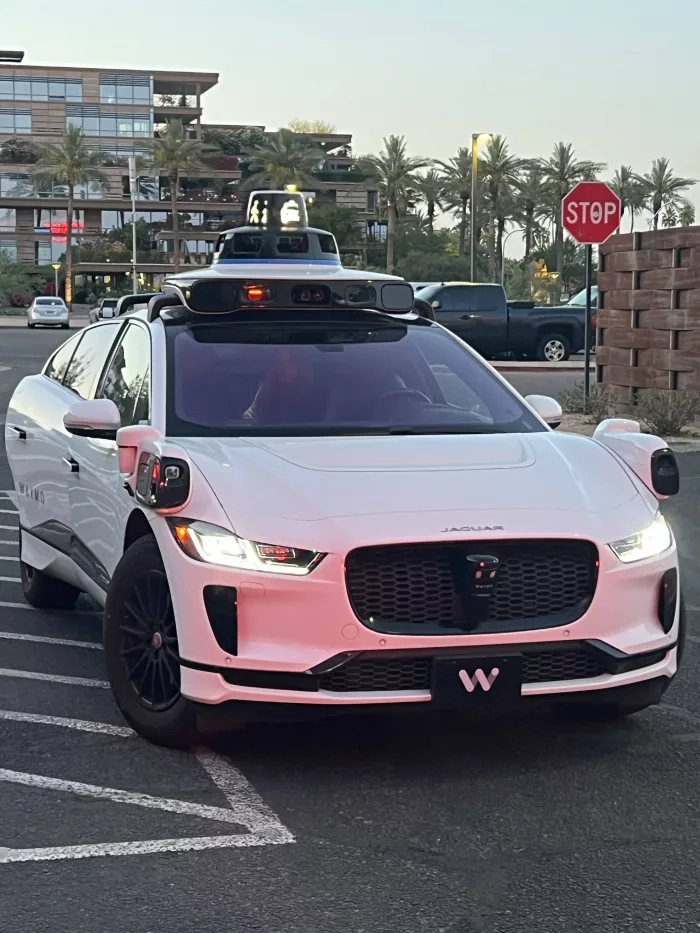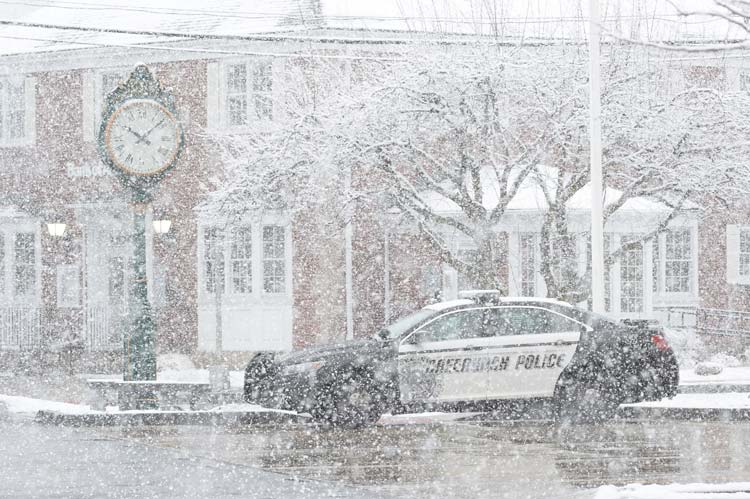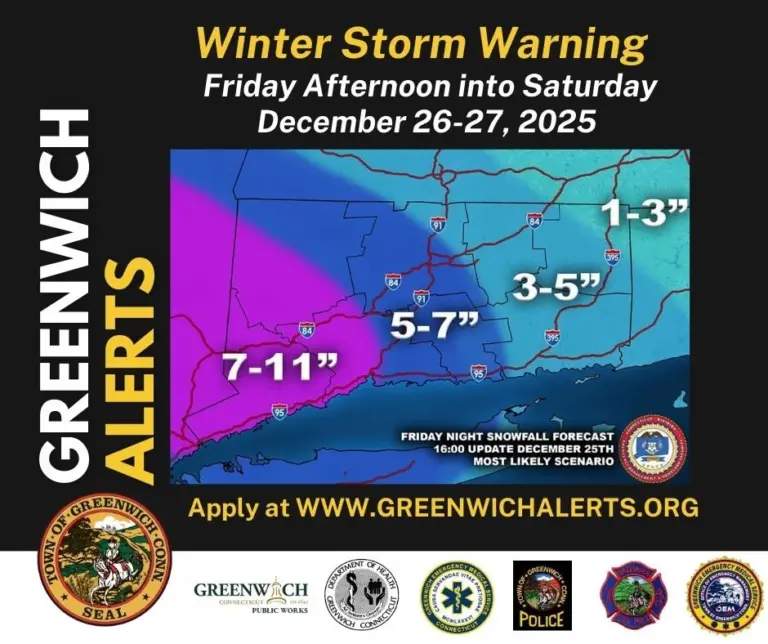
By Mimi Santry
I recently returned from an Assisted Living Locators Conference in Phoenix, Arizona. As we departed the airport for our hotel, we spotted several unusual-looking Jaguar EV sedans outfitted with sci-fi-like sensors on the roof and exterior. A driverless vehicle—by Waymo! Other travelers casually entered these cars like it was nothing unusual. A quick Google search revealed that over 200 of these vehicles are in operation in the Phoenix area. It felt like we had stepped into a futuristic reality.
Naturally, we decided we had to try it while in town. I might be an eldercare advisor, but I was going to live on the wild side!
Later that evening, we downloaded the Waymo app and called our first driverless ride. It arrived promptly at our hotel, displaying my initials “MS” on the rooftop screen. We fumbled with the recessed door handle until we realized we needed to tap “I’m ready” in the app to unlock the doors.
We climbed into the back seat, giggling nervously, and buckled up—hoping we’d survive the ride to our sushi spot in Old Scottsdale. We pressed the control to start the ride and zoomed off smoothly, clutching the seats like we were on a roller coaster. Seeing an empty driver’s seat was, understandably, unsettling—like a scene from a nightmare—but with some deep breathing, I relaxed and started to enjoy the experience.
The driving was impressively lawful—sticking to the speed limit, stopping at lights, and changing lanes cautiously. The car accelerated more quickly than I expected—those EVs can really move! We zipped along for 15 minutes, arrived safely, hopped out, and high-fived. We’d survived our first driverless ride. We were no longer Waymo virgins. Hurrah!
Over dinner, we talked about technology and how dramatically the world has changed. I reminisced about school days when handouts were carbon copies (origin of the “cc” in emails!) created with typewriters and carbon paper. Typing required strong fingers, and White-Out was essential.
In college, I encountered my first telephone answering machine—its blinking light meant cute boy might have left a message! Only a few lucky students had personal computers, and they were the size of microwaves. I typed my college thesis on a mainframe at Princeton’s Computer Center, and the printed copy took 24–48 hours to appear.
Televisions were bulky, with limited channels. You went to the movies to see new releases—no pre-purchasing tickets, just early arrival and long lines. And we certainly couldn’t have imagined Uber, much less a driverless electric rideshare.
But innovation is now transforming senior living too. With the growing population of adults turning 65, an entire field of “Silver Tech” is emerging. I am very optimistic about the role technology can play in enhancing life for those over 65+, and I’m encouraged by how many of my clients are using it successfully.
I asked some eldercare colleagues which technologies they’ve seen make the biggest impact. Here’s a round-up of promising tools designed to support seniors and their families:
⸻
Tendercare is a groundbreaking App for caregivers. The App (www.trytendercare.com) is the brainchild of former Meta-Facebook superstar Shauna Sweeney in response to her own experience as caregiver to her father Mike who has struggled with early onset dementia. The easy-to-use App digitally organizes critical information into a secure vault that can be easily shared and updated. A partnership with Medicare allows current medical records to be downloaded easily. A feature called the Magic Magnet has a scannable code that allows EMTs responding to a crisis to quickly receive critical health information and understand advanced medical directives, allergies, prescriptions, blood type and emergency contacts. If the code is scanned, the designated emergency contact is immediately notified.
Donna Spellman, an early adopter of the App, tells of a recent emergency where Tendercare saved the day. “Two weeks ago, my daughter was out for a run in White Plains and was hit by a car. (Daughter ended up being bruised but OK). We rushed in a panic to the White Plains Emergency Room. I realized that in my hurry that I had left all forms of ID and didn’t have my daughter’s medical insurance information, her blood type, allergies or advanced directives. I realized after a moment of panic that I had everything I needed on my phone in my tendercare vault. I tell everyone I know they should get the App.”
Wearable Devices:
There are now numerous devices that can monitor the user’s vital signs, movement, and location. The Apple and Samsung smart watches, for example, can detect falls and contact preprogrammed emergency contacts. For those with health concerns, these devices can detect changes in heart rhythm, blood pressure, oxygen saturation and blood sugar – giving users time to avert a possible diabetic crisis, heart attack or stroke. Julia Loda, Community Relations Director at The Residence at Selleck’s Woods in Darien, loves her Oura ring (https://www.ouraring.com) which monitors 20 different biometrics consistently throughout the day and night. She gets info on her vitals, sleep patterns, calorie expenditures, and even indicates when she may be getting sick.
GPS and motion sensors allow these devices to be used to encourage healthy habits and track workouts. For those caring for seniors with cognitive impairment or at risk for a fall, these devices can help track wanderers and help with a quick response in the event of a fall.
Non-Wearable Motion Detection Sensors
Fifty percent of the largest senior communities use sensors and artificial intelligent to detect movement, patterns and better understand the severity of falls. https://www.safely-you.com This allows staff to quickly respond and better assess whether a resident requires a trip to the emergency room. The data is also used to pick up patterns which might indicate a clinical change in a resident and allow for a medical intervention.
Jennifer Calderon of Brightview Senior Living shared that their community in Harrison uses this technology in their memory care. “The technology allows us to respond quickly to falls. Our response time to a fall is now almost immediate – just under two minutes. We then carefully review footage to understand what happened, whether the incident requires a trip to the ER, and how to prevent future accidents. If our resident fell because they were bending over to get into a low cabinet, for example, we can reposition their belonging for easier and safer access, preventing future episodes. We love this technology because it allows us to better care for our residents”
Similar smart technology is also being used in private homes. Many older adults live by themselves and having a discreet sensor that can detect falls and lack of movement enables family members to respond quickly if there is an issue. https://www.vayyar.com Vayyar promises to be the “caregiving assistant that never sleeps”.
Phones/tablets specifically designed for those with impairment
There are several communication devices that have been designed assist those with a disability. The Grandpad (https://www.grandpad.net) is a simple tablet designed for easy intuitive use for the elderly who might need larger buttons to accommodate vision and manual dexterity problems such as arthritis. The RAZ SmartVision phone (www.raz) and the Mag&Read Tablet are designed for individuals who have visual impairments and have cool features such as being able to scan text and read it to the user. For those with hearing loss, talking on a standard phone can be challenging and avoidance can add to isolation. There are a number of providers that offer instant captioning of calls that can really help those with hearing impairment stay connected (www.sonrenson.com and www.clearcaptions.com).
TV Remote Controls (that can be controlled from afar)
A common issue for older is folks is not being able to use the tv remote control without a guide. Adult children are often asked to sprint over to their parent’s home to help them. They assist their parents, return home, only to find out 15 minutes later their parent has pushed the wrong button. Frustration for everyone!!!
JubileeTV (https://www.getjubileetv.com) was designed to simplify the tv remote. It allows seniors to use simple voice commands while giving family members tools to help from an App on their phone. They can even use the tv to do a video call with their parent.
JubileeTV requires a TV with a HDMI, an internet connection and at least one source device (cable/satellite or streaming player like Roku).
Tracking Tiles:
Smart tiles are devises that allow the user to track important items, so they won’t be lost or stolen. They can be secured to devices such as remotes/car keys or slipped discretely into wallets and purses. They are then paired with an App in the phone for easy tracking. They will notify a user if an item goes out of range (is stolen/left behind) and then can help track the missing item.
Apple offers Apple Air Tag and Samsung offers the Samsung Smart Tag. Another recommended option that works both with Apple and Android phones is the Tile Pro (https://www.tile.com) which boasts a 1-year battery life and a 122 m range.
Coming Soon: While connecting through in the Detroit Airport enroute to Westchester, we spied a very odd sight — a parade of autonomous wheelchairs navigating through the bustling airport. A sign said these wheelchairs were part of a project called WHILL, being launched by Unifi Aviation. The autonomous wheelchairs are being designed for passengers that can stand or transfer independently but need a little help getting to the gate.
As I boarded my flight, I couldn’t help but hum the theme to The Jetsons. The future really is here—and if we harness it wisely, it has the power to transform life for our aging population in beautiful, meaningful ways.
Mimi Santry is a local senior care and housing advisor with Assisted Living Locators.




